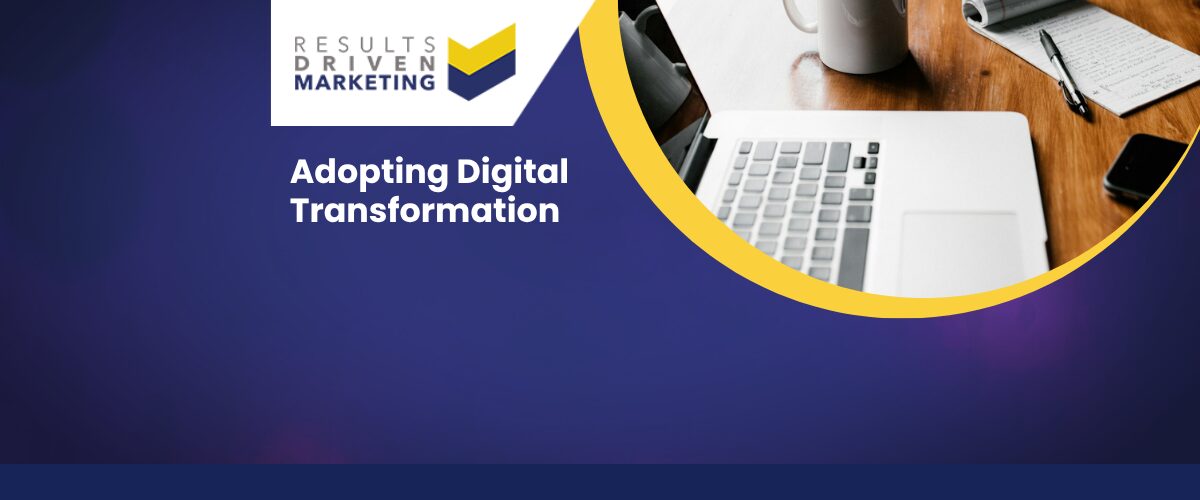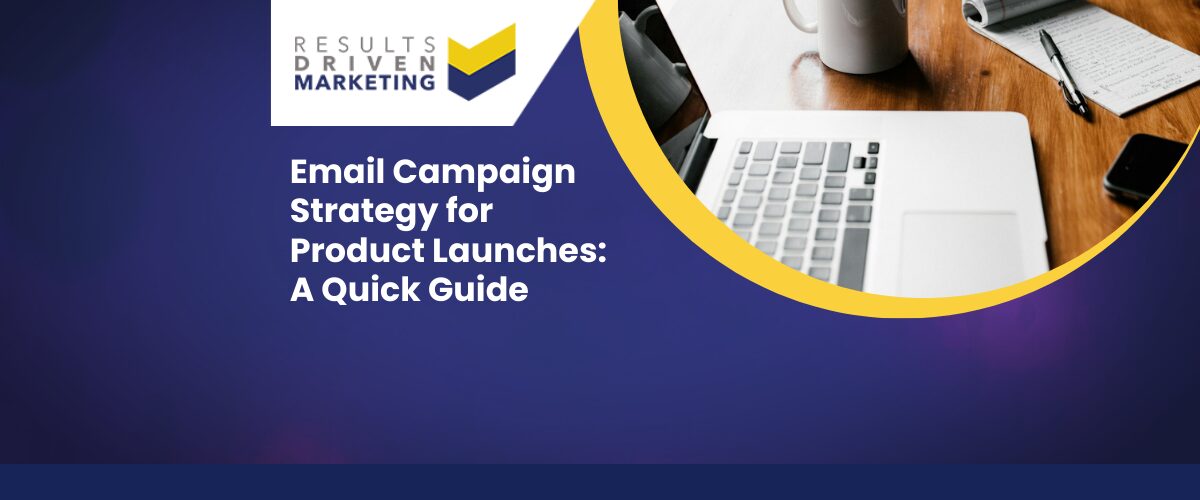
How UK SMEs Are Adopting Digital Transformation
Walk into almost any small business in the UK today and you’ll notice something has changed because UK SMEs are rapidly adopting digital transformation, replacing manual processes with smarter tools that boost efficiency and growth.
The handwritten invoices, the endless spreadsheets, the paper diaries — they’re being replaced by dashboards, cloud tools, and systems that actually talk to each other.
This quiet revolution — digital transformation — isn’t reserved for big corporations anymore. It’s reshaping how small and medium-sized businesses operate, sell, and grow. And in many ways, SMEs are leading the charge because they have to. Tight margins, busy teams, and customer expectations have forced them to get smarter, leaner, and more connected.
So, how exactly are UK SMEs adopting digital transformation — and what’s driving it?
The Shift That’s Happening Across UK SMEs
For years, “digital transformation” sounded like something only enterprise-level companies could afford. That’s not the case anymore. Today, software is affordable, AI tools are accessible, and cloud platforms make it easy to modernise without a huge IT department.
SMEs are finally seizing the opportunity — using digital tools not to replace people, but to make their work faster, simpler, and more profitable.
What’s Pushing Businesses to Change
-
Customer expectations have moved online. Buyers now expect quick responses, digital payment options, and personalised experiences.
-
Competition is tougher. New, tech-savvy businesses can spin up overnight and start stealing market share.
-
Remote working is here to stay. Tools like Teams, Zoom, and Asana have become essential for collaboration and communication.
-
Government initiatives help. Schemes like Help to Grow: Digital have encouraged smaller firms to invest in software that boosts productivity.
Put simply: it’s no longer about whether to go digital — it’s about how fast you can make it happen.
The Tools Powering SME Transformation
Cloud-Based Systems
Cloud software has levelled the playing field. From accounting to project management, SMEs can now access enterprise-grade tools for a fraction of the cost.
Many businesses are moving everything online — from file storage to client communication. A single login can now give teams real-time access to sales data, marketing performance, or customer service updates.
Automation and AI
Automation is no longer futuristic — it’s practical. SMEs are using automation for tasks that used to eat up hours:
-
Sending follow-up emails after an enquiry
-
Logging leads in CRMs
-
Scheduling social media content
-
Generating performance reports
Even simple automations can make a small business feel twice as efficient. Add in AI tools that analyse data, write content, or predict customer behaviour, and you’ve got a business that’s more proactive than reactive.
Data-Driven Decision Making
Data isn’t just for big brands with analytics departments. SMEs are learning to use it too — often through tools they already have.
For example, a marketing team can track which email campaigns actually lead to sales. A director can see which services generate the most repeat customers. A retailer can identify which products move fastest in specific regions.
When you can see what’s working, you can make smarter, faster decisions — and stop wasting money on guesswork.
E-commerce and Digital Payments
The surge in e-commerce over the last few years has been huge, especially among SMEs who previously relied on face-to-face sales. Platforms like Shopify, WooCommerce, and Etsy make it simple to reach customers anywhere in the world.
Add in digital payment systems — Stripe, Square, Apple Pay — and suddenly, cash flow becomes smoother, faster, and easier to manage.
Cybersecurity and Trust
With more digital tools comes more responsibility. SMEs are increasingly aware of the need for proper cybersecurity. Many now invest in secure cloud storage, GDPR compliance tools, and staff training to prevent data breaches.
It’s not just about protection — it’s about trust. Customers are far more likely to work with companies that take data security seriously.
How Different Industries Are Adapting
Every sector has its own version of digital transformation, but some patterns are emerging.
Professional Services
Accountants, solicitors, and consultants have embraced automation and cloud systems to handle client management, billing, and documentation. Many are using client portals for secure document sharing and CRM systems to track relationships more effectively.
Retail and Hospitality
From digital menus and online booking systems to email marketing and loyalty apps — technology has become central to keeping customers engaged and coming back.
Restaurants, in particular, are using data to forecast demand and reduce waste, while independent retailers are finding that a good e-commerce setup can more than replace the old high street footfall.
Manufacturing and Trade
Factories, distributors, and logistics firms are using sensors, automation, and digital tracking systems to streamline production and delivery. For small operations, these tools mean better efficiency and fewer costly mistakes.
Marketing and Lead Generation
For marketing teams, data is gold dust. UK SMEs are investing in platforms that let them target prospects more precisely, automate outreach, and measure results.
Businesses working with reliable B2B data suppliers (like Results Driven Marketing) are seeing huge gains in campaign performance — because when your data is accurate and current, your marketing spend actually delivers results.
What’s Working — and Why
The SMEs seeing the most success from digital transformation all have a few things in common:
-
They start small and build gradually. Rather than overhauling everything at once, they focus on one system or process at a time — and make sure it’s working before moving on.
-
They involve their teams early. Staff buy-in makes or breaks adoption. When employees understand why a new tool helps, they use it better.
-
They use their data. It’s not about collecting numbers — it’s about using them to make better decisions.
-
They focus on the customer experience. Whether it’s faster responses or smoother checkout processes, SMEs are using technology to make life easier for their customers first and foremost.
The Payoff: Why Digital SMEs Are Thriving
Businesses that have gone digital are reporting measurable results:
-
Higher productivity. Automation and integrations cut admin time dramatically.
-
Better customer retention. CRM and marketing tools help keep customers engaged and loyal.
-
Increased revenue. E-commerce, email marketing, and digital lead generation are opening up new streams of income.
-
More agility. When the market shifts, digital businesses can adapt instantly — whether that means changing suppliers, updating pricing, or launching new campaigns.
And perhaps the biggest benefit: peace of mind. With systems doing the heavy lifting, owners can focus on growth instead of firefighting.
The Challenges SMEs Still Face
Digital transformation isn’t all smooth sailing. Common challenges include:
-
Budget constraints: The initial investment can feel daunting, especially for smaller businesses.
-
Skills gaps: Not every team has someone comfortable with new technology — and that can slow things down.
-
Integration headaches: Getting different systems to talk to each other can be tricky without the right setup.
-
Fear of change: Some teams are still hesitant to leave behind familiar methods that have “always worked.”
The good news? Most of these challenges can be solved with time, training, and the right partners.
How SMEs Can Start Their Digital Journey
If you’re running an SME and know you need to modernise, here’s a simple roadmap to get things moving:
-
Audit your current setup. Look at where time and money are being wasted. Is it admin? Marketing? Communication? That’s where digital tools can help first.
-
Set clear goals. Decide what success looks like — faster quoting, higher lead conversion, less paperwork, better client retention, etc.
-
Start with one or two key systems. Cloud storage, CRM, email marketing, or accounting — choose what gives you the biggest return right now.
-
Train your team. Even the best software is useless if no one knows how to use it properly.
-
Partner with specialists. If your goal is to generate more leads, for example, working with a B2B data provider like Results Driven Marketing can give you an immediate advantage if you buy b2b data.
Digital transformation doesn’t have to be overwhelming. It’s just a series of small, practical upgrades that, together, make your business run smoother and smarter.
Looking Ahead
UK SMEs have always been known for their adaptability. Digital transformation is simply the next stage of that story — one that blends technology with the same entrepreneurial spirit that built these businesses in the first place.
Over the next few years, expect to see more automation, more personalisation, and more use of data-driven insights across every sector. The businesses that commit now will be the ones setting the pace — not playing catch-up.




